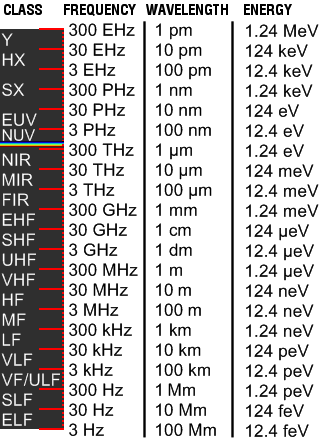Click here to register!
Lighting Technologies
Dishna Schwarz
Elmar Dimpl
George C. Bandlamudi
Michael Blunck
updated by E. Dimpl, May 2009
1 Introduction
The rural poor in most developing countries still lack access to basic energy services and are therefore often incapacitated to afford good lighting. It is worthwhile to examine and consider lighting methods that would be both economical in terms of energy consumption and cost, to be successfully disseminated amongst this target group. This paper will give a brief theoretical background on physical aspects of light and frequently used terminologies and physical units (chapter 2), describe and compare different technological options for lighting (chapter 3) and present a useful method for appropriate lighting design (chapter 4).
2 Some Facts about Light
2.1 Electromagnetic Radiation and the Visible Spectrum
The electromagnetic spectrum implies different types of radiation, ranging from high-energy gamma-rays to low-energy radio waves. However, the human eye is sensitive only to radiation with wavelengths in the range of 0.38 to 0.76 micrometre, which we call ‘the visible spectrum’. The electromagnetic wave spectrum is illustrated in Fig.1.
Radiation is the cause and the visible light is the result. It takes a certain amount of energy to produce a given amount of light.
Light of one fixed wavelength is termed as ‘monochromatic’ light, characterised by its corresponding colour at that wavelength. For instance, if a lamp is producing only radiation of 0.555 micrometre, then the resulting light is monochromatic, with its yellow-green colour. Sensitivity of the human eye is 100% at a wavelength of 0.555 micrometre. Light perceived as white is a mixture of light intensity across the visible spectrum. In display and lighting technology the impression of white light is often created by mixing appropriate intensities of different colours like red, green and blue etc. The number of combinations of light wavelengths that produce this sensation of white light is practically infinite.
2.2 Lighting Terminology
2.2.1 Luminous Intensity
Luminous intensity is a measure of the amount of light originated from the source, its light output, the unit of which is the candela (cd).
2.2.2 Luminance
Luminance is a measure of the brightness of a particular surface if considered as a large light source. A common unit of luminance is cd/m².
2.2.3 Luminous Flux
Luminous flux (or luminous power) is the quantity of light energy emitted in all directions. The unit of luminous flux is lumen (lm). One lumen is the luminous flux of the uniform point light source that has luminous intensity of 1 candela (cd) and is contained in one unit of spatial angle (or 1 steradian).
Steradian is the spatial angle that limits the surface area of the sphere equal to the square of the radius. If the radius of the sphere is 1 metre, which implies its area to be 4πr², then the luminous flux of the point light source of 1 candela is 4π lumens, as shown in Figures 2 & 3.




















